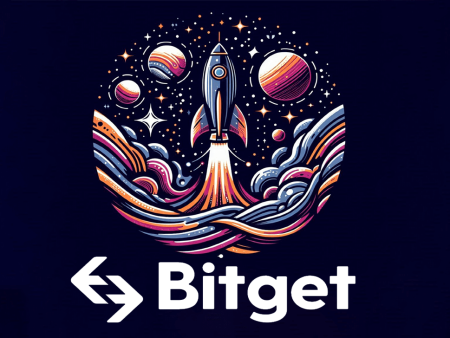The cryptocurrency market is witnessing fierce competition, but Casper Coin (CSPR) is emerging as a shining star. With its outstanding advantages and wide application potential, it is predicted to play an important role in shaping the future of the digital economy.
More detailed and interesting information about the Casper Coin project is waiting for you in upcoming content from AZcoin.
What is Casper Coin?
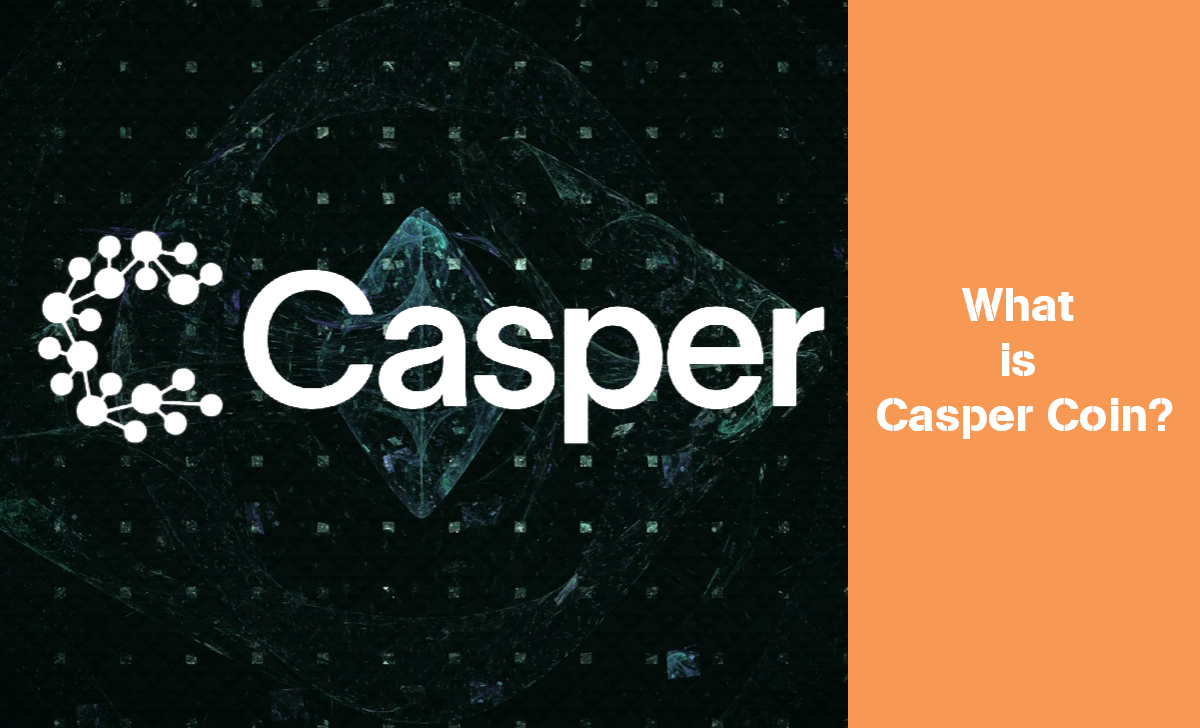
Casper Coin is a next-generation blockchain that uses a Proof of Stake (PoS) consensus mechanism. Simply put, Casper is a decentralized, cryptographically secured network that allows transactions to be recorded and verified securely and transparently.
Casper can be used to build DeFi applications such as trading, lending, and other financial derivatives. Casper Coin can support non-fungible tokens (NFTs), allowing users to create and trade unique digital assets.
In addition, it can be used to track and manage products in the supply chain, ensuring transparency and traceability.
What makes Casper Coin special?
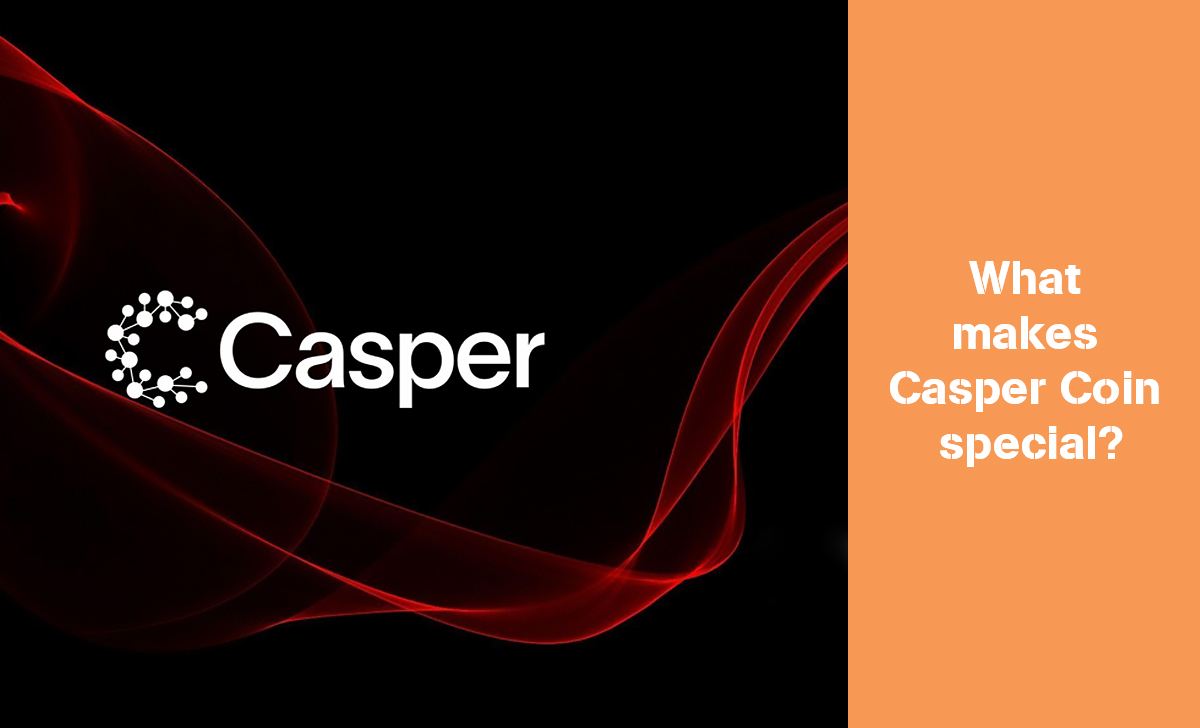
Casper (CSPR) is one of the notable Proof-of-Stake (PoS) blockchains, designed with the goal of being a development-friendly and enterprise-focused platform. What makes Casper Coin different and attracts the attention of the blockchain community includes:
Developer-Friendly
- Easy to integrate: Casper Coin is designed to easily integrate into existing development processes and tools, minimizing friction and training time.
- Upgradable contracts: Casper allows contracts to be upgraded, providing great flexibility to adapt to changing market conditions and customer needs.
- Multiple network deployments: Casper supports multiple network deployments, allowing businesses to customize and tailor their networks to their specific requirements.
High Performance & Scalability
- Good performance: Casper offers high performance, allowing for processing a large number of transactions in a short period of time.
- Scalability: Casper Coin is scalable to meet the growing needs of decentralized applications (dApps) and businesses.
PoS Consensus
- Energy efficient: Like other PoS blockchains, Casper Coin consumes less energy than Proof-of-Work (PoW) blockchains like Bitcoin.
- Highly decentralized: The PoS mechanism helps decentralize control of the network, minimizing the risk of centralization.
Enterprise Focus
- Public, Enterprise-Driven Blockchain: Casper is a public blockchain but is specifically designed to meet the needs of enterprises.
- Connectivity to Existing Infrastructure: Casper is able to connect to existing systems and technology infrastructure, making it easy for businesses to apply blockchain to their workflows.
- Safe and Secure: Casper is built on high security principles, ensuring that business data and assets are securely protected.
How does Casper Coin work?
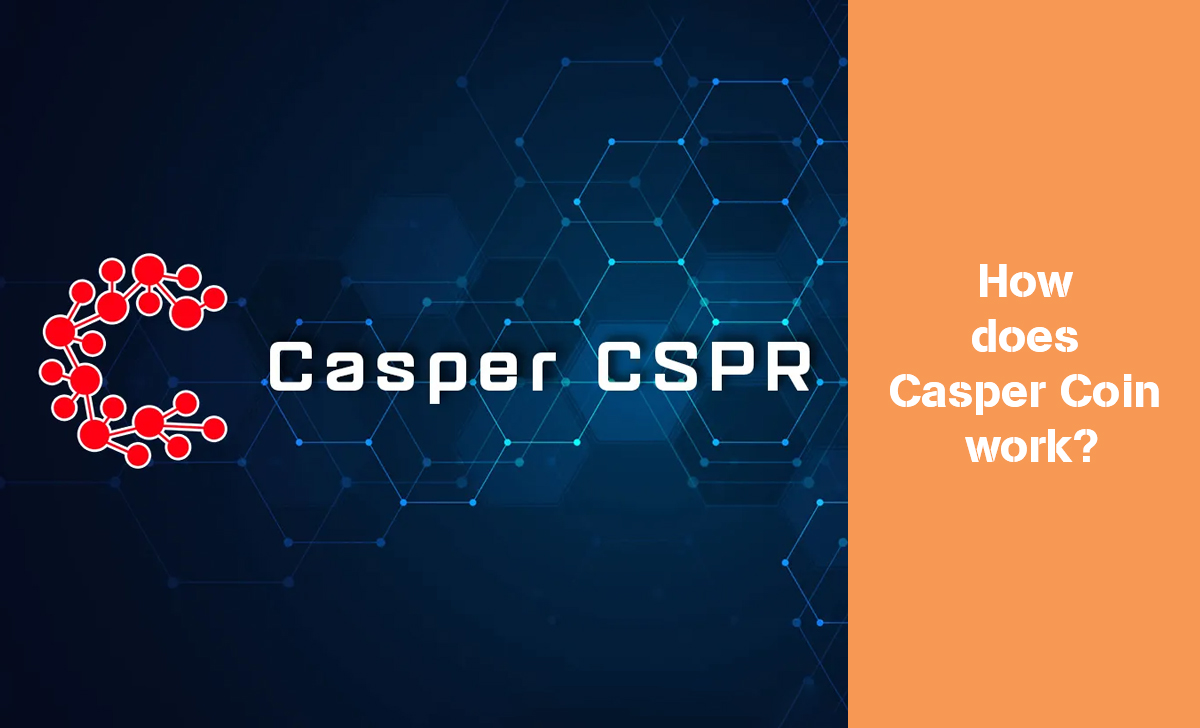
Here’s how Casper works:
- Proof-of-Stake (PoS): Instead of consuming a lot of energy like Proof-of-Work (PoW) networks, Casper uses PoS. This means that validators (nodes) will stake a certain amount of CSPR tokens to have the right to validate transactions on the blockchain and receive rewards. The more tokens staked, the more rewards they receive.
- CSPR Token: This is the native token of the Casper network. CSPR is used to execute transactions by paying gas fees and is used by nodes for staking. Users can also delegate their CSPR tokens to nodes to participate in staking rewards.
- WebAssembly (Wasm): Casper uses Wasm to execute smart contracts. Wasm is an efficient bytecode format, supported by many different programming languages. This makes it easy for developers to build applications on Casper.
- Decentralization: Casper is a decentralized network, which means that no single entity controls the network. Validators are distributed globally, helping to ensure the security and transparency of the network.
Basic information about CSPR token
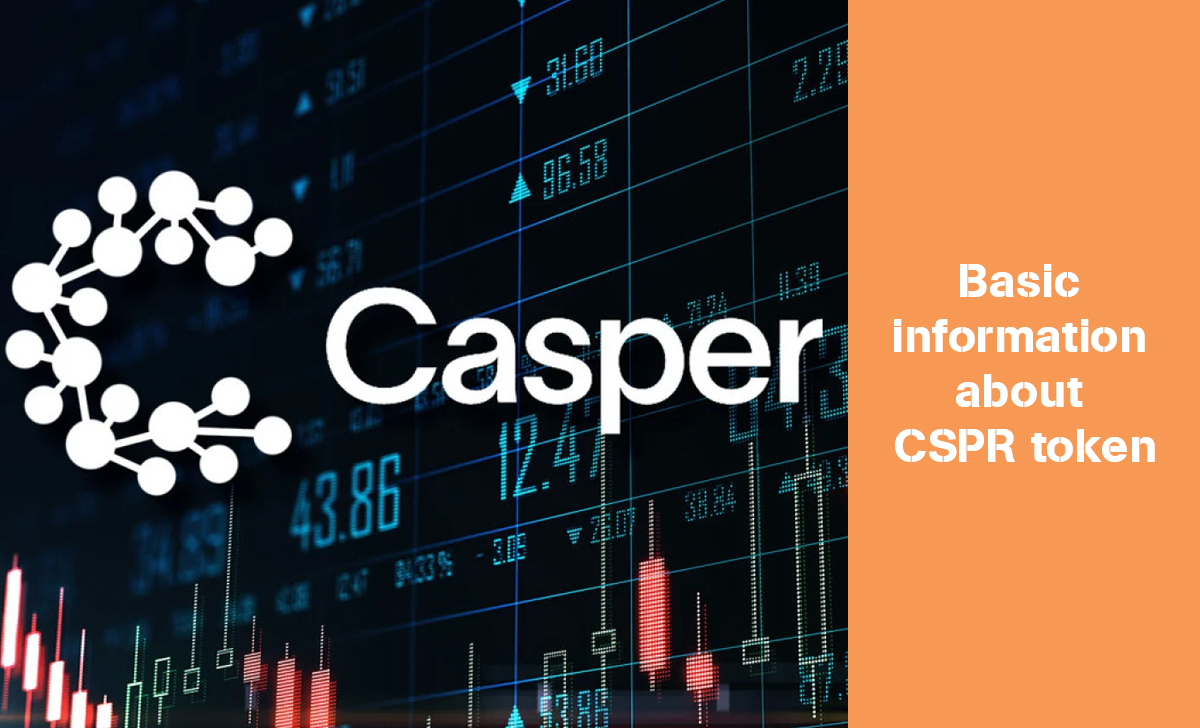
CSPR is the native token of Casper Network, a blockchain platform known for its high throughput and energy efficiency.
Specifications
- Symbol: CSPR
- Total Supply: 11 billion CSPR
- Consensus Mechanism: Delegated Proof-of-Stake (DPoS)
- Use Cases: Staking, governance, and paying transaction fees on the Casper Network
Distribution Rate
- Initial Distribution: 40% of the total supply was allocated to the Casper Association, a non-profit organization responsible for the development and governance of the Casper Network.
- Token Sales: 30% of the total supply was distributed through private and public token sales.
- Ecosystem Development: 20% of the total supply was allocated to the Casper Network ecosystem, including developers, validators, and other contributors.
- Team: 10% of the total supply was allocated to the Casper Network team.
How to Own CSPR Token
You can acquire CSPR tokens in several ways:
- Exchanges: Buy CSPR on cryptocurrency exchanges that support it, such as Binance, Coinbase, and Kraken.
- Staking: Stake your CSPR to earn rewards and contribute to the security of the Casper Network.
- Casper Network Ecosystem: Participate in the Casper Network ecosystem by developing applications or providing services to earn CSPR tokens.
Where to Store CSPR Token
You can store your CSPR tokens on a hardware wallet, software wallet, or exchange wallet. Hardware wallets are generally considered the most secure option, as they store your private keys offline. Some popular hardware wallets that support CSPR include Ledger Nano S and Trezor.
It’s important to choose a secure storage method and take steps to protect your private keys to prevent unauthorized access to your CSPR tokens.
Conclusion
So together we have come to the end of all the overview content that we can synthesize and share about the Casper Coin platform. Thank you for taking the time to follow and see you again in new content from AZcoin.

I am Tony Vu, living in California, USA. I am currently the co-founder of AZCoin company, with many years of experience in the cryptocurrency market, I hope to bring you useful information and knowledge about virtual currency investment.
Email: [email protected]


